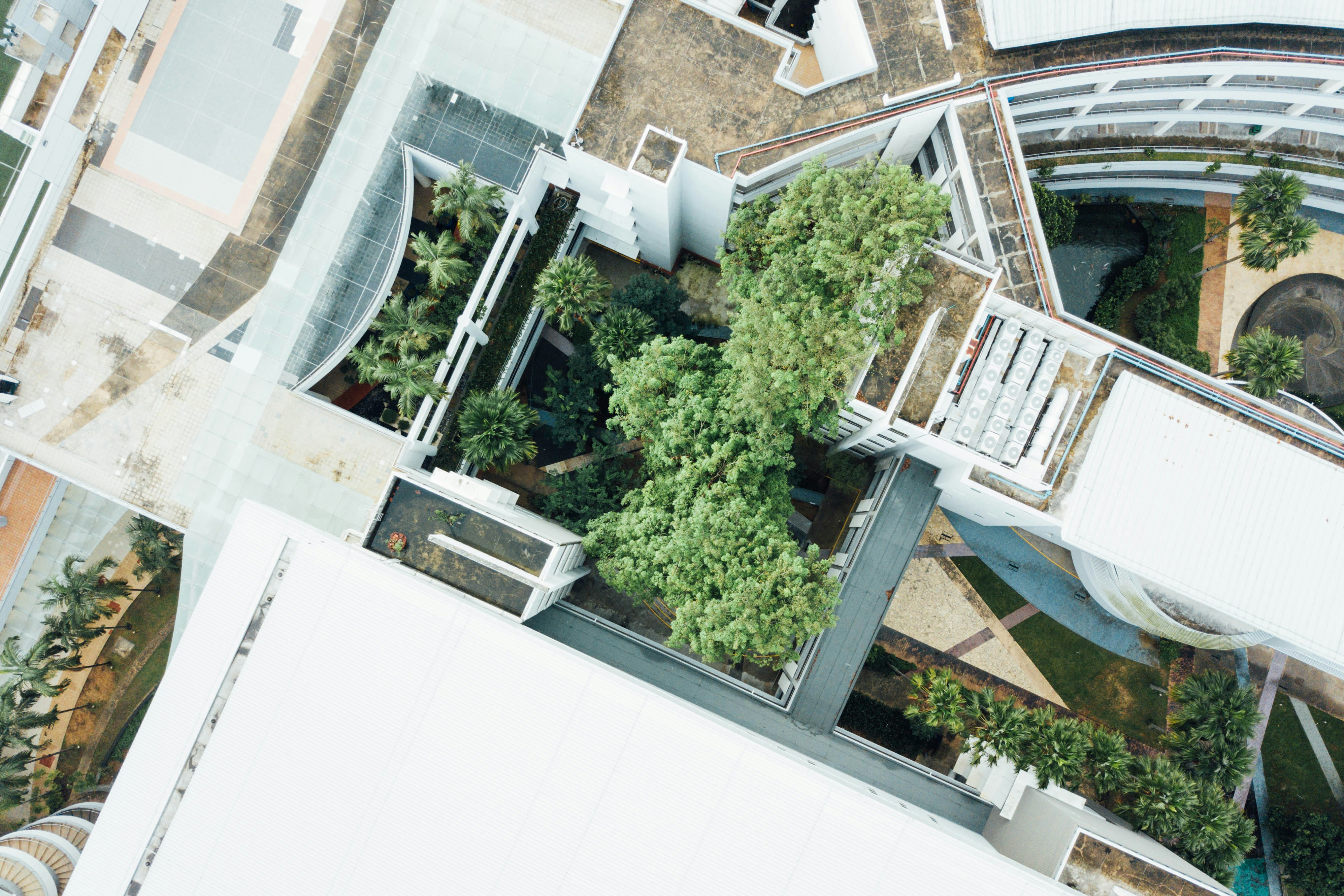1. Green Roofs Bringing Nature to Urban Spaces
Green roofs are increasingly popular in Winnipeg's developments, offering more than just aesthetic appeal. They provide insulation, reduce rainwater runoff, and contribute to air purification, all while creating beautiful spaces for residents to enjoy.
Imagine sipping your morning coffee on a lush green rooftop garden, surrounded by native plants and flowers that attract local wildlife. Green roofs not only beautify urban areas but also serve as a natural refuge amidst the city bustle. Their capacity to absorb rainwater significantly lessens the load on municipal drainage systems, preventing potential flooding issues. Furthermore, these roofs act as sound insulators, reducing noise pollution—a common issue in urban environments.
Utilizing green roofs means capitalizing on a space that would otherwise contribute to urban heat. By reducing the heat island effect, these eco-friendly installations help maintain more stable temperatures around buildings, ultimately lowering cooling costs during hotter months.
2. Solar Panels Harnessing Clean Energy
Solar panels are a key feature in Winnipeg’s new buildings, generating clean energy and reducing reliance on non-renewable resources. These panels offer long-term savings for residents and contribute to a smaller carbon footprint.
Winnipeg's geographical advantage in sunlight exposure makes it an ideal location for solar panels. By harnessing this abundant natural resource, developments are fostering energy independence and promoting a shift towards sustainable energy sources.
Solar technology has rapidly advanced, with panels now more efficient and cost-effective. Thanks to these innovations, Winnipeg developments can meet a significant portion of their energy needs through solar power, reducing both operational costs and environmental impact.
Residents also benefit from the installation of solar panels through energy savings that translate into lower utility bills and potential rebates from green energy initiatives. These collective efforts contribute to reducing the city's overall carbon emissions, setting a precedent for eco-friendly urban growth.
3. Smart Water Systems Conserving Valuable Resources
Innovative water systems in these developments minimize water waste by using smart technology to efficiently manage usage. Rainwater harvesting and water recycling systems ensure that every drop counts.
Smart water systems adaptively manage water distribution, allowing buildings to monitor and control water usage in real-time. This technological integration not only helps in conserving water but also educates residents on sustainable water usage practices, promoting water stewardship across the community.
4. Energy Efficient Appliances Lowering Consumption
Equipping homes with energy-efficient appliances is standard in Winnipeg’s eco-conscious constructions. These appliances reduce electricity usage and are vital for lowering overall energy demands.
When energy-efficient appliances become the norm in housing developments, the collective impact on electricity savings is significant. From LED lighting to ENERGY STAR-rated refrigerators and dishwashers, these appliances are designed to perform at optimal levels while consuming minimal energy. As a result, they contribute to a decrease in household energy bills, empowering residents to enjoy modern conveniences without the guilt of excessive energy use.
5. Sustainable Building Materials for a Smaller Footprint
Developers prioritize sustainable materials like recycled steel and bamboo, which require less energy to produce and offer durability, helping reduce the environmental impact of construction.
The choice of materials extends beyond immediate ecological benefits; they influence the entire lifecycle and maintenance of a building. Materials such as recycled steel or reclaimed wood are gaining popularity for their robust properties, significantly reducing waste and decreasing demands on new material production. These choices underline a commitment to circular economy principles, promoting practices that aim to reuse resources efficiently.
6. Natural Ventilation Systems Enhancing Air Quality
Natural ventilation systems are integrated into building designs to improve indoor air quality and reduce the need for air conditioning. This feature keeps energy consumption low while maintaining comfort.
By strategically positioning windows and using architectural elements that direct airflow, these systems ensure fresh air circulates throughout the building, naturally cooling spaces and maintaining optimal humidity levels. This approach not only cuts down on electricity bills but also enhances residents' health by reducing exposure to indoor pollutants.
Incorporating natural ventilation into design reflects a balance between cutting-edge construction techniques and nature-inspired solutions aimed at creating healthier living environments.
7. Community Green Spaces Promoting Biodiversity
Creating green spaces within urban environments is essential for promoting biodiversity. Winnipeg's developments include parks and gardens that provide habitats for local wildlife and recreational areas for residents.
These community parks not only offer a retreat for individuals and families but also serve as essential green lungs for the city, filtering pollutants and producing oxygen. By supporting diverse plant species, they foster pollinator habitats, enhancing the overall ecological balance within the urban fabric.
8. Public Transit Accessibility Reducing Vehicle Emissions
Proximity to public transit is a hallmark of these new developments, encouraging residents to opt for more sustainable commuting options and thereby reducing vehicle emissions.
By strategically placing developments near public transportation hubs, residents are incentivized to leave their cars at home, choosing instead to rely on eco-friendly travel modes. This not only eases traffic congestion but also significantly cuts down on both noise and air pollution, enhancing urban life quality.
Such transit-oriented developments are crucial in promoting sustainable urban mobility, creating a domino effect where convenience-driven choices align with environmental advocacy.
9. Innovative Waste Management Supporting Recycling
Enhanced waste management systems are implemented to maximize recycling and minimize landfill contributions. These systems ensure that waste is sorted and processed efficiently.
These innovative systems often include designated areas for composting and recycling that encourage residents to participate actively in waste reduction practices. By fostering a community culture that values effective waste management, new developments play a critical role in reducing their environmental footprint.





.webp)

